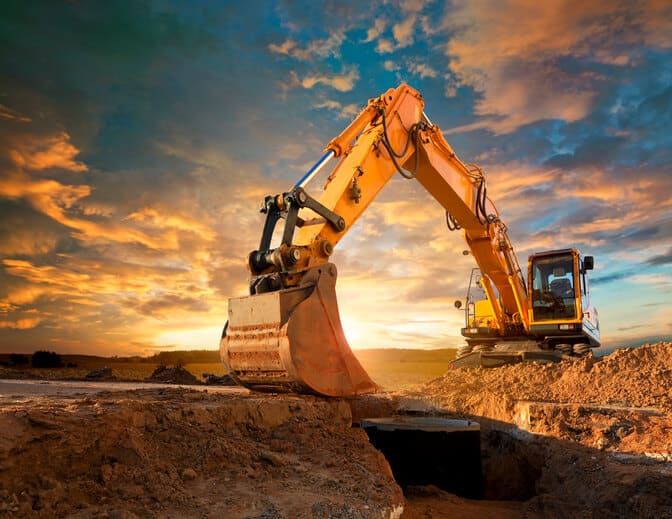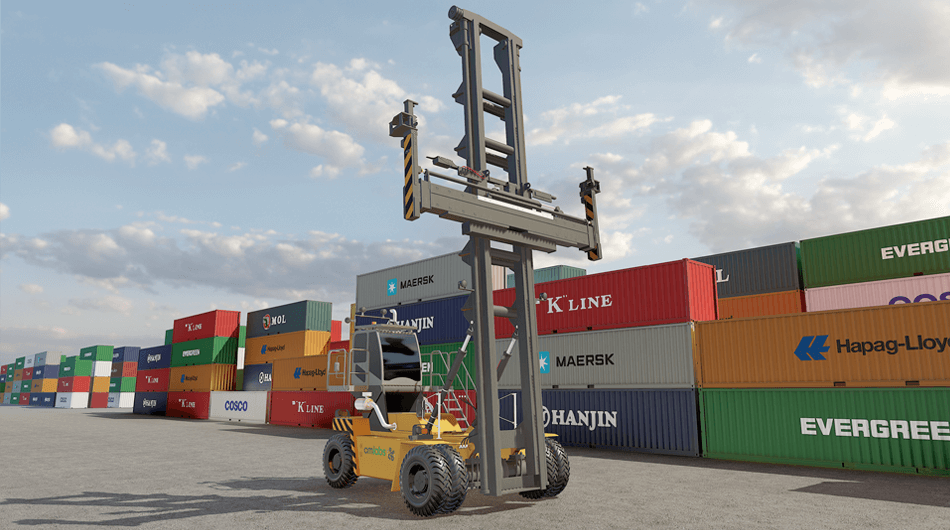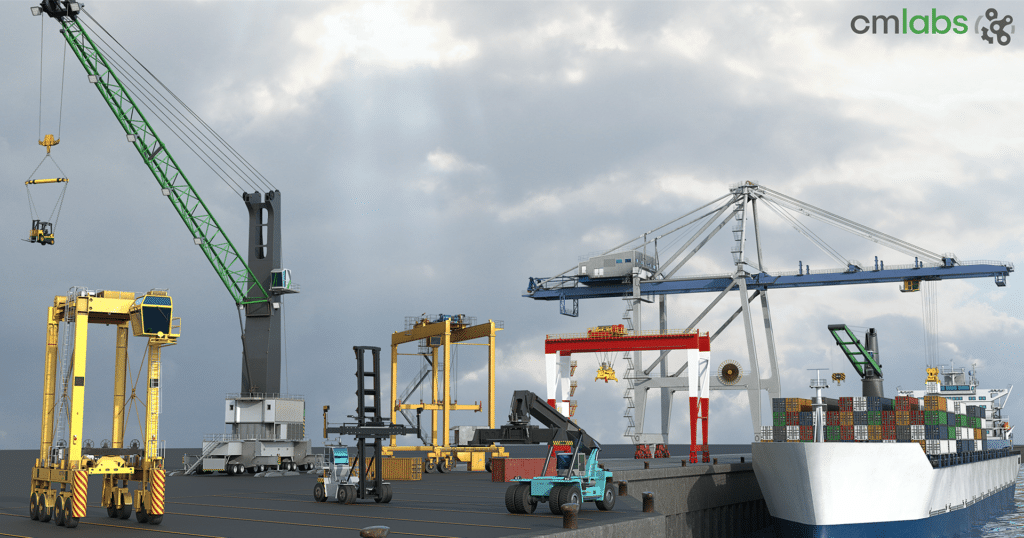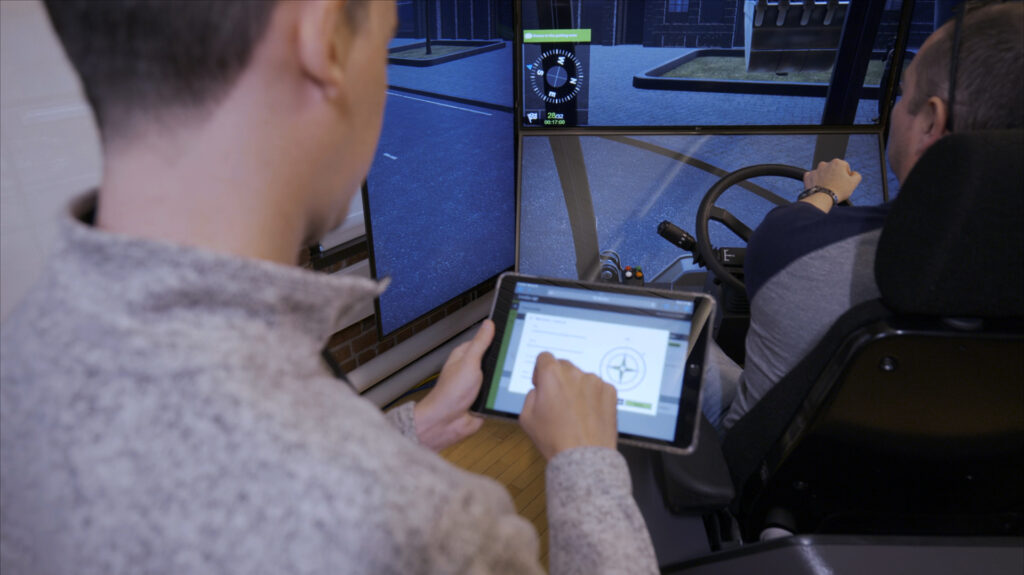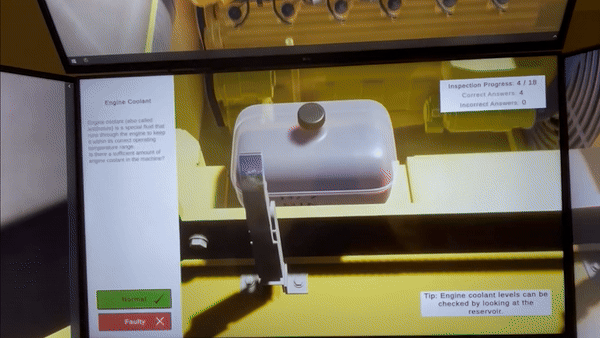CM Labs' Weather Scenarios Provide Advanced Crane Training
CM Labs’ high winds and poor visibility training scenarios prepare BYLOR crane operators for increased productivity and reduced incidents
BYLOR – a joint venture between European engineering and construction specialists Bouygues Travaux Publics and Laing O’Rourke – is delivering the main civil engineering works at Hinkley Point C nuclear power station for UK-based EDF Energy. For this project estimated at £2.8 billion ($3.4 billion USD), the company will erect more than 50 tower cranes. The site will also host the world’s largest crane, nicknamed ‘Big Carl’, which is capable of reaching 165m (541 feet) and lift up to 5,000 tonnes (5,511 US tons).
In order to more safely and efficiently train the construction personnel required for such an undertaking, BYLOR made the decision to install a CM Labs’ crane simulator on-site. New crane and signaler station training simulators, as part of a large, multi-crane installation, help operators hone their skills in extreme weather conditions without setting foot outside. The five-screen Vortex Advantage creates a full field of view and includes a dynamic motion platform – replicating the real operator experience as closely as possible.
“The client wanted to ensure they can boast the most realistic simulator in the market for training operators. CM Labs’ simulators teach transferable skills that can be applied on real equipment without risk of negative training and teaching bad habits, especially to the future of younger operators.”
Amir Khosh
Realistic Physics of Lifting Equipment
“We have been working closely with Hinkley Point C and the BYLOR lifting and plant team for over two years,” said Amir Khosh, commercial sales at CM Labs’ European partner, ST Engineering Antycip. “The client wanted to ensure they can boast the most realistic simulator in the market for training operators. This was very important, as there are simulators on the market that do not replicate the actual realistic physics of lifting equipment, which could potentially lead to real-world dangers. CM Labs’ simulators teach transferable skills that can be applied on real equipment without risk of negative training and teaching bad habits, especially to the future of younger operators.”
Operators, slinger signallers, and construction managers train using realistic crane-related scenarios and test in high winds and poor visibility conditions – all from the safety of the simulator driving seat, using controls that are exact replicas of those found in real equipment.
There’s also a separate station where a slinger signaller can give hand signals on camera to the person operating the crane to assess how well the lifting team works and communicates together even when the operator cannot see the load.
“Simulation is the perfect environment for challenging projects where training is difficult, unsafe, or expensive,” said Alan Limoges, Product Manager for CM Labs Construction Division.
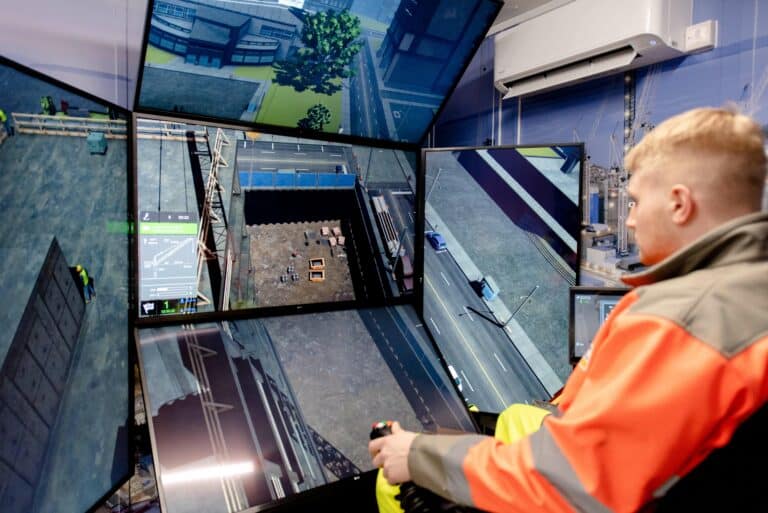
Because the simulator training is very immersive and realistic, operators can log the hours spent on the equipment towards official logbooks. The system can run training modules for a flat top tower crane (saddle-jib), a luffing tower crane, a crawler crane, a rough-terrain mobile crane, and an overhead traveling gantry crane.
Francois Swanepoel, BYLOR lifting lead, said: “We can set up scenarios where operators start a task in good conditions, but then we make it snow or bring down fog. We watch how they respond and talk to them about what they did. This really helps the operator to become familiar with difficult scenarios in a risk-free way.”
Swanepoel believes that the significant investment made will prove to be money well spent. “In the long run we’ll see massive benefits in terms of avoiding potential incidents, and an improvement in each operator’s ability,” he said. “You simply wouldn’t be able to train people to the same level if everything had to be done on the job.”
CM Labs’ Limoges added: “Introducing simulation alongside the actual equipment for operator training at HPC is not only a proof-of-concept project but a start to a different type of efficient and effective training in construction.” He also noted that this technological adaptation will enhance training, taking it to the next level, similar to the aerospace and automotive industries, which have been embracing simulation technology for decades.
